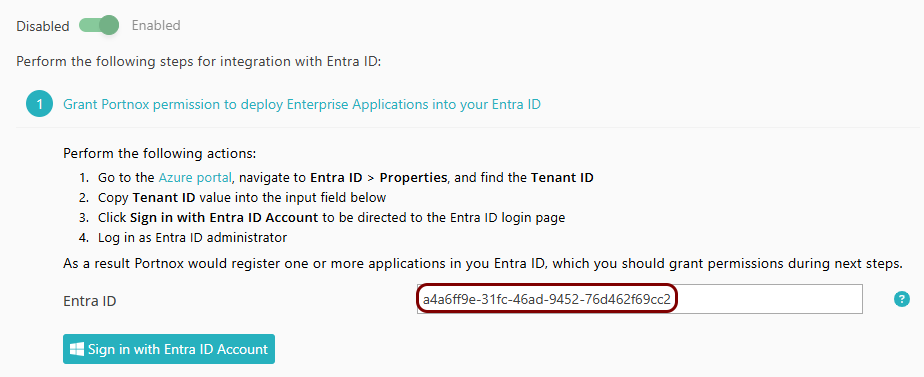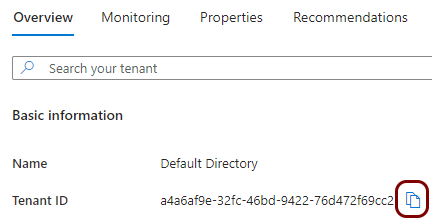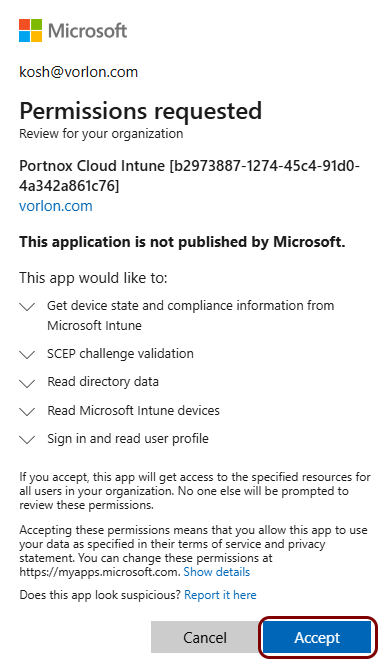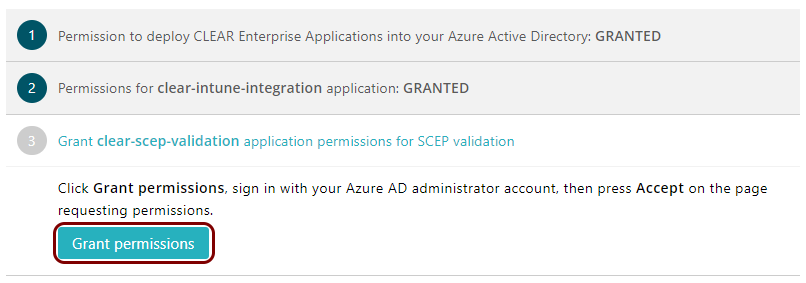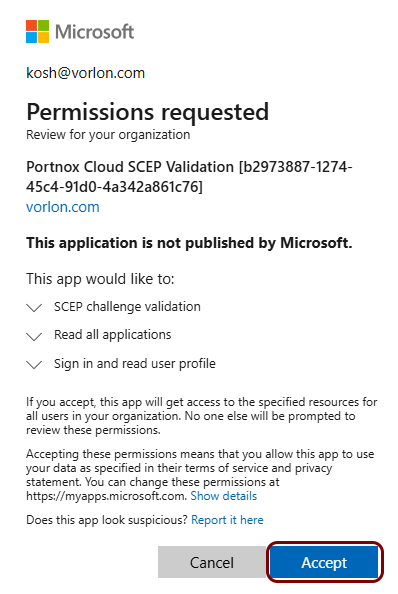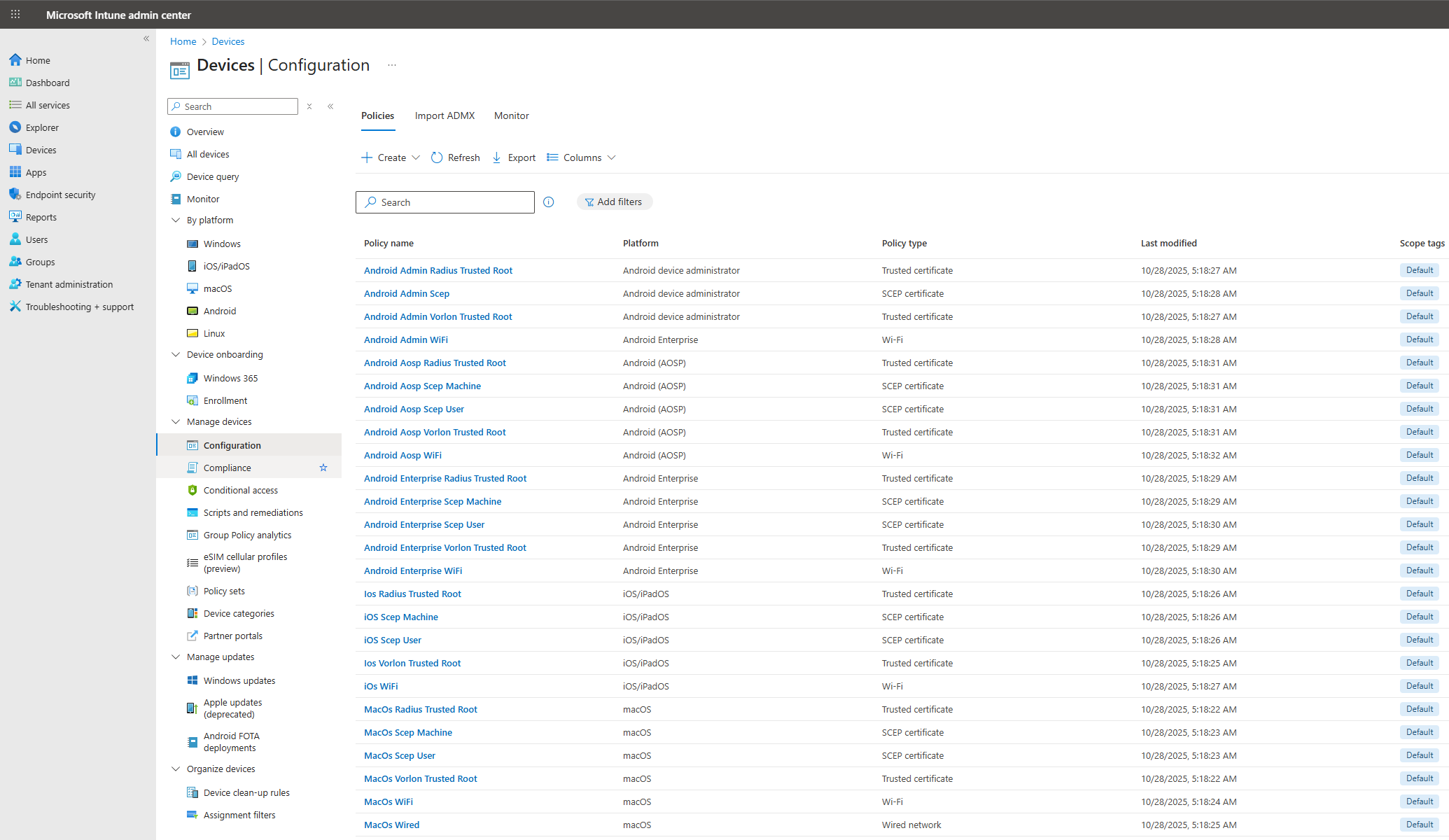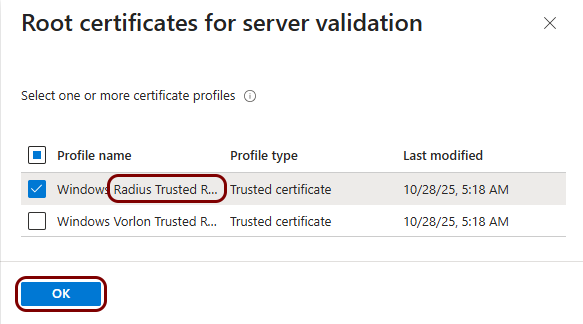Integrate with Microsoft Intune
In this topic, you will learn how to set up the integration between Portnox™ Cloud and Microsoft Intune.
Integrate with Intune
In this section, you will set up the integration between Portnox™ Cloud and Microsoft Intune.
Result: Your Intune integration is now active.
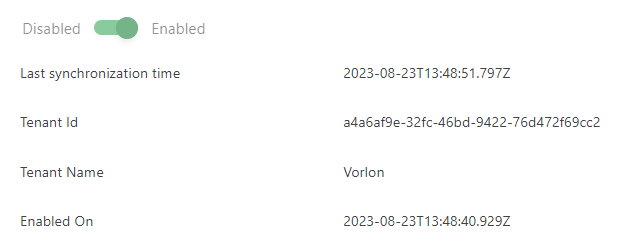
You can see Intune-related information for specific devices on the Devices screen by selecting an Intune-managed device from the list and scrolling the right-hand side pane.

Automatically create Intune configuration policies
In this section, you will automatically create Intune configuration policies, which will let you skip manual onboarding.
Manually link configurations in Intune
In this section, you will manually link the automatically created configurations in Intune.
Perform the steps in this section only if you created configurations automatically according to the instructions in the previous section.
Result: Your policies are now correctly linked together. The SCEP policies reference the tenant root certificate policies, and the network policies reference the RADIUS root certificate policies and the SCEP policies.





